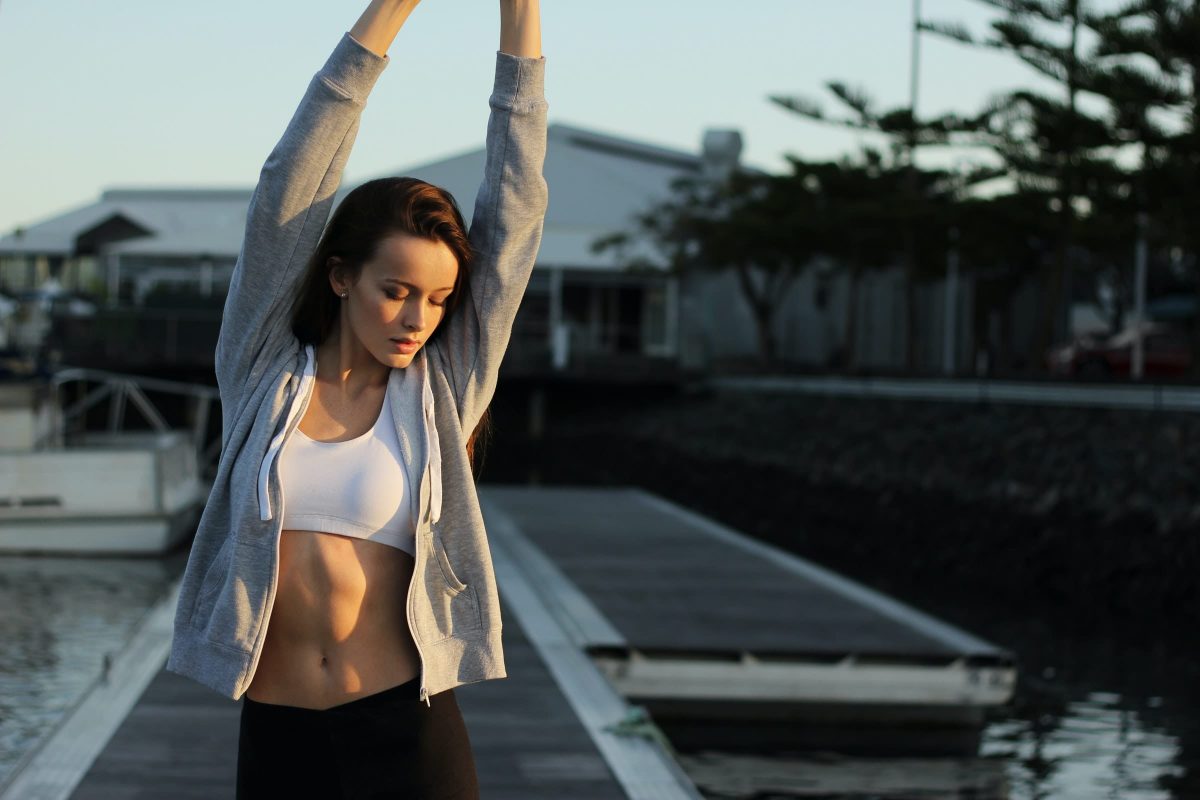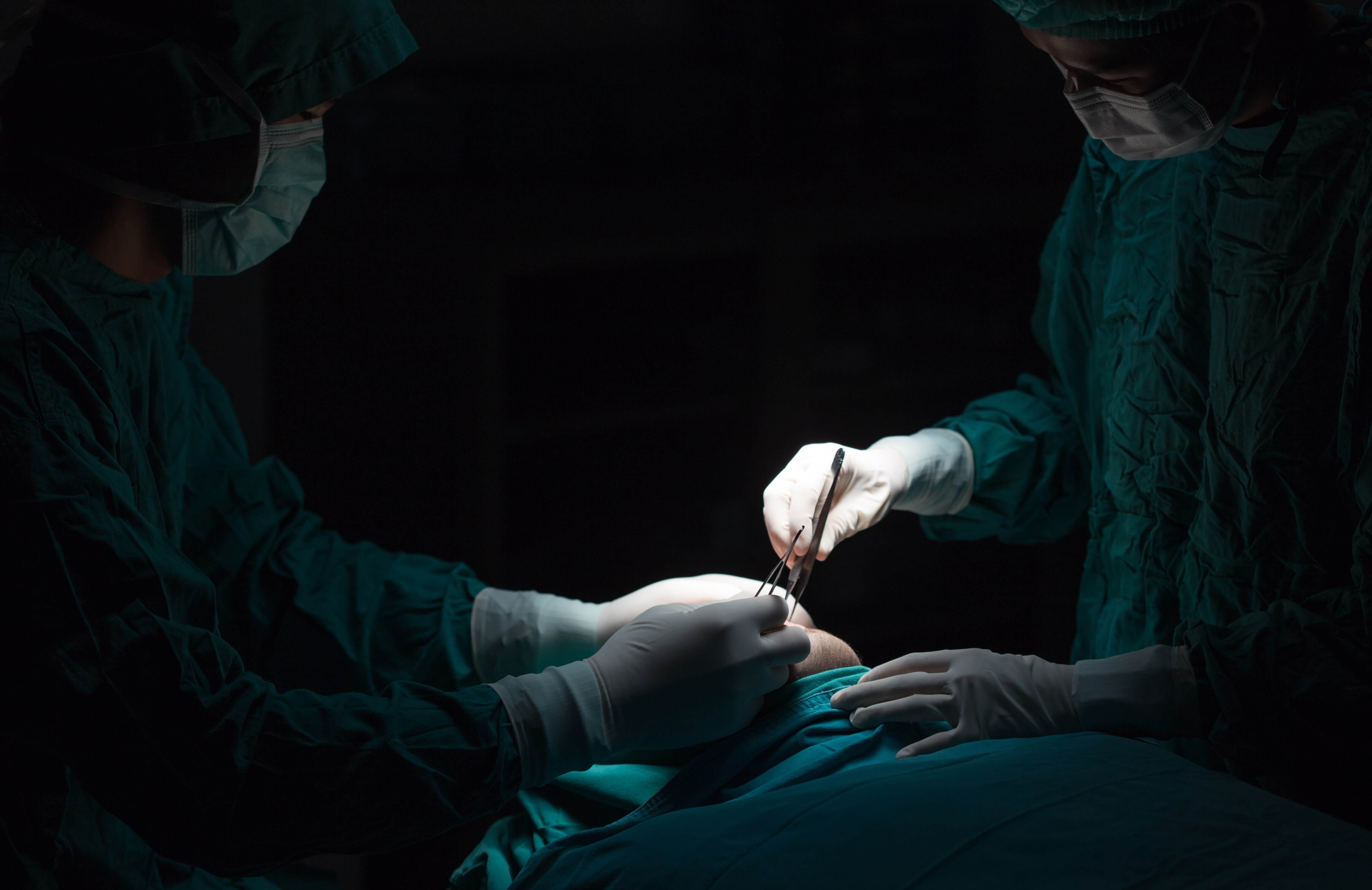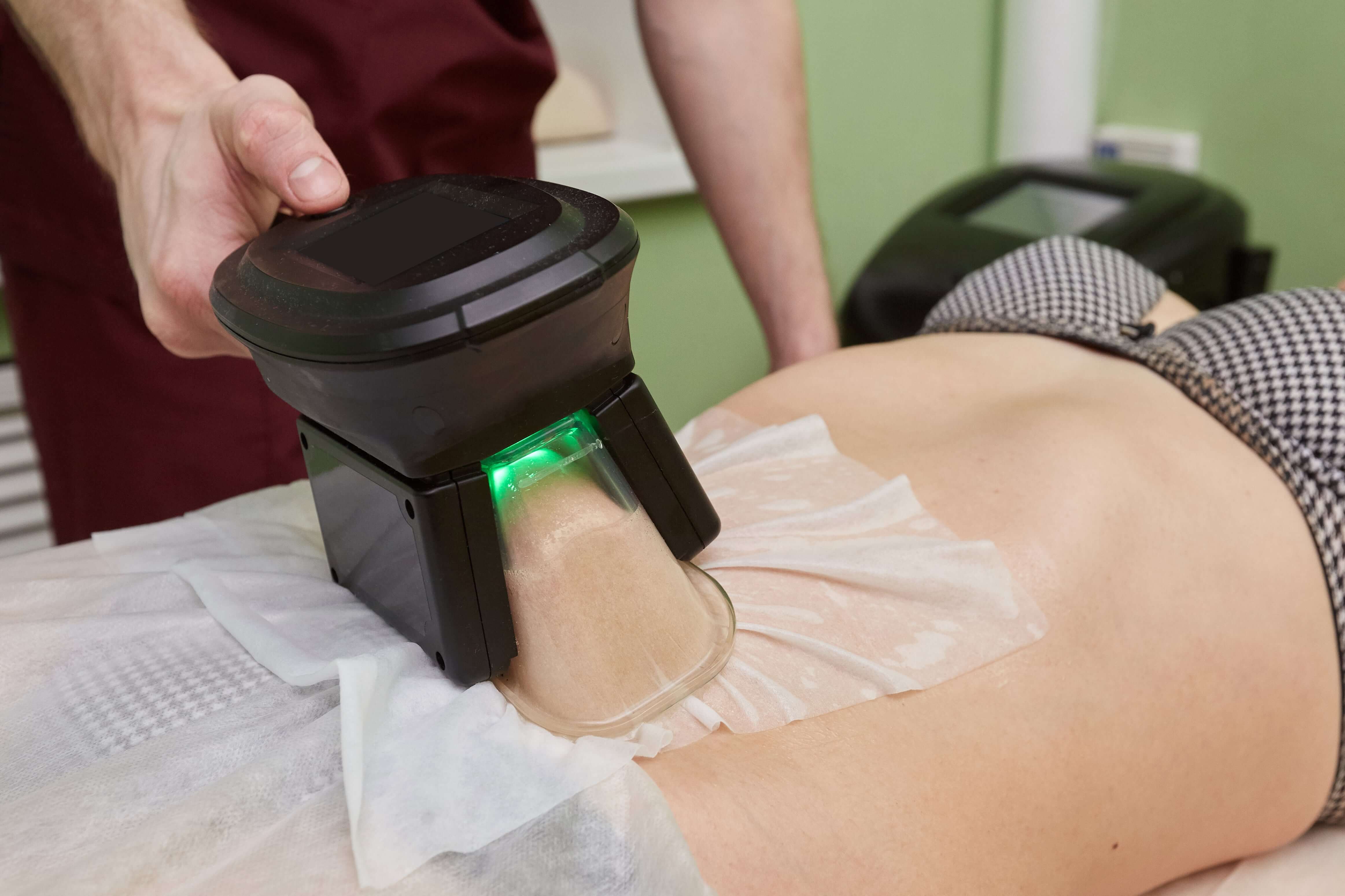If you are ready to say goodbye to your backside (and I don’t mean in a good way), then start running. Seriously. Have you ever seen a runner with a really great perky butt? If you said yes, I can almost guarantee they are doing more than just running, or they are 10 years old.
Listen, I love running. I run several times a week, so don’t get your panties in a wad just yet. Running is a great addition to a healthy fitness routine.
Key word: addition. However, you will be very disappointed if you think running alone will get you your dream physique—unless your dream physique includes having a pancake butt.
A runner’s body is not that fit physique you see in Oxygen magazine. All you have to do is go to a marathon or a local 5K and look around. You will see overweight runners, skinny-fat runners and even a few running skeletons, but there will be very few runners with perky bottoms and a six-pack? Why? Because running doesn’t sculpt and tone muscle like people think.
Unfortunately, this isn’t something people talk about in Shape Magazine. The media shows happy, fit and tone women prancing along the beach in their skimpy running gear because it’s an easy sell. Does Nike choose marathon runners to model their running shoes? No, of course not. A marathon runner wouldn’t sell near the number of running shoes as a young fitness model. Fitness models work hard to sculpt their legs and glutes into the product-selling machines they need to be to bring people flocking to stores.
If you rely solely on running, here is what you are in for.
More Fat
Running is pretty safe, inexpensive and convenient. It’s also very efficient for losing weight, almost to a fault. This is why running is so popular, but running may cause you to lose what you want to keep and keep what you want to lose.
While running can help your weight may go down on the scale, what you may not realize is you could be losing valuable muscle. The more muscle you have, the more calories your body burns throughout the day. This is good for your metabolism, but not good for a runner. A runner’s body is more concerned about going the distance and running as efficiently as possible.
Your body’s preferred fuel source for running is stored fat. That may sound like a good thing at first, until you realize what that really means. You can go much further on one pound of fat (fat provides 9 calories of energy per gram) versus one pound of muscle (muscle provides only 4 calories of energy per gram). As a result, your body will be more apt to store body fat since it’s your body’s preferred fuel source for that particular activity.
Runners, who work hard to be very fit, are always shocked when they get their body composition done because many times their body fat percentage is off the charts. While their weight may be within normal ranges, their body fat is normally too high and their muscle mass is too low for their body weight. This is what we call “skinny-fat.” A person can be skinny, but flabby—and that’s not what most people are shooting for when they beginning a running program. No! They want to get fit and look fit.
Less Muscle
Since your body is very smart, and will adapt to your exercise plan, your body makes other changes based on your activity. If your activity is primarily running, your body will do whatever it needs to do to be good at running. In addition to storing the best fuel source (fat), this also means your body will get rid of any unnecessary weight that would slow your body down. Since muscle isn’t as efficient as fat (and doesn’t provide as much energy per gram), muscle is the first thing to go. I’ve experienced this firsthand.
Soggy Bottom Girl
I’ve always lifted weights, but I had a season where I started increasing my cardio and decreasing my weight training. I didn’t do it on purpose. It was just a result of choices I made based on a busy time in my life. With less time in the day to train, I started choosing running and cardio over lifting to keep my weight in check. Though the cardio did keep my weight down, my booty started deflating like a tired old balloon. Before I knew it, my bottom looked like it belonged to an 80-year-old.
My thighs got flabby, my bottom got droopy, and my overall muscularity started shrinking. Sadly, the more muscle I lost, the more cellulite I saw too. Without muscle to firm up the body and give my skin the support it needed, my skin began to show wrinkling and sagging. Even though I weighed less than I had over the previous years, I had lost muscle and gained fat. I was happy with my weight, but I was not happy about my shape at all. Something had to change.
I started to look at my workout schedule and I realized I hadn’t done weighted squats in a while. I had done a ton of air squats, but none with weight. This is also when I realized I was doing way more cardio and less weight training than I used to. I immediately started squatting, lunging and leg pressing my way to a fitter lower body—and I started getting results fast.
In addition to increasing my lower bodyweight training, I pumped up my protein and started adding sprints to my runs too. Sprints are a fantastic leg- and glute-sculpting cardiovascular exercise. Have you seen the women who sprint in the Olympics? OMG. If you haven’t, you have to google it. They don’t just win the gold for speed, they have award-winning bottoms, legs and abs too.
While I still run several times a week to manage my weight and health, I manage my shape with weights. I now make leg day a priority, hitting legs first thing every Monday. If I have to skip a day of weight training, I make sure it’s never a lower body workout that I’m missing.
10 Benefits of Running
- Improves your cardiovascular system
- Lowers your blood pressure
- Convenient and affordable
- Burns calories to support weight loss
- Helps release mood-enhancing hormones to fight depression
- Relieves stress
- Boosts confidence when you set, and reach, goals
- Helps smokers improve lung health and air capacity
- Gives you a way to support various causes
- Increases longevity because a healthy heart doesn’t work as hard than a heart of an inactive person
My Top 10 Butt Exercises
1. Back Squat The back squat is the mother of all glute exercises and should always be top on your exercise list. Back squats are traditional weighted squats performed inside a squat rack for safety purposes. To get the most bootiliciousness out of a back squat, it’s important to drive with your heels to engage the glutes and drop it like it’s hot (in other words, go deep).
It’s better to go deep than heavy, so try to do a safe challenging weight for 15–20 repetitions for three to four sets.
2. Straight-Leg Deadlifts Straight leg deadlifts, also called stiff-leg deadlifts or Romanian deadlift, are done with dumbbells or a barbell, and work the hamstrings, glutes and low back. The most common mistake I see with this exercise is people bend at the knee too much or they round their back. Keep your back straight through the entire movement.
Complete 15–20 repetitions for three to four sets.
3. 1-Leg Leg Press Single-leg leg presses will give you a killer glute workout that also works the quads along with the inner and outer thigh. This is definitely a must for any woman wanting nice shapely legs and glutes. Again, drive through your heels, keeping the pressure on your bottom. You will notice this gives your inner thigh a good workout too.
Try going as heavy as you can safely for 15–20 repetitions and three to four sets on each leg.
4. Walking Lunges This is my most loved and hated exercises. I’m not real fond of doing them, but I sure love the results. There is no other exercise, in my opinion, that works the butt like heavy walking lunges. I do weight walking lunges with 25 lb. dumbbells to really fire up the glutes.
Take 30 steps (15 per leg) using 15- to 20-pound dumbbells for three to four sets.
5. Curtsy Curtsies are similar to a One-Leg Romanian deadlift. This is a great glute exercise for someone who has knee problems because it is one of the few butt exercises that does not require you to bend much at the knee. You can do this exercise with or without weight.
I normally do 20–25 repetitions on each leg for three to four sets.
6. Stomps Stomp the ground with this bodyweight exercise my husband invented. You will find it really burns the butt and legs up. While you may feel it in your quads first, it’s only because your glutes can take more of a beating than you thighs (yes, your thighs will feel like they are on FIRE, but you’ll survive). The key to this exercise is keeping your weight on your heels and your heels on the ground.
Doing 10–15 repetitions for three sets is enough to wear you out.
7. Cook Hip Lift Cook hip lift is a great butt exercise for people who have low back limitations. Holding the one leg tightly to your chest takes the back extension out of the exercise, shifting all the pressure off your low back and on to your glutes.
Complete 15–20 repetitions on each leg for three sets with little to no rest.
8. Repeater Knee If you have ever done an aerobics class, you’ve probably done a knee repeater. It has been a staple in almost every step aerobics class ever taught. While you may think the exercise is all about moving your knee back and forth, it’s actually the weight-bearing leg that’s doing all the real work. Don’t believe me, do 30–50 repetitions without taking your weight off that weight-bearing leg. If you don’t feel it in your bottom, then someone put some novocaine in your bottom!
This exercise is all about repetition, so do 20–25 repetitions on each leg for three sets with no rest.
9. Step Ups This is an exercise that can go from average to awesome in a jiffy when it’s done correctly. What will make this exercise over the top is working only one leg at a time and keeping the working leg on the bench the whole time. Hold a set of dumbbells and step up on the bench, driving your body up on the bench with your weight on your one heel. Do not return both feet to the ground between reps, and do not alternate legs. If you do, you will not get all the goody out of the booty.
Do 15–20 step ups on one leg, then repeat on the other leg. Take a quick rest after both legs are done and repeat for three to four sets.
10. Cable Hip Extension You don’t have to have a cable machine to do this exercise. You can even use an exercise resistance band to mimic the same action. Keep your body upright during this exercise, extending at the hip and maintaining a straight leg without bending over.
Complete 15–20 repetitions, keeping tension on the glutes throughout the entire set. Do both legs for three sets.







 Wikimedia
Wikimedia












































































